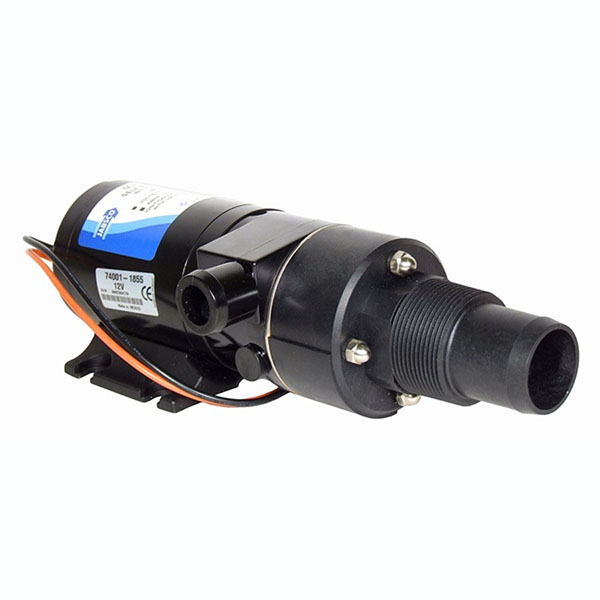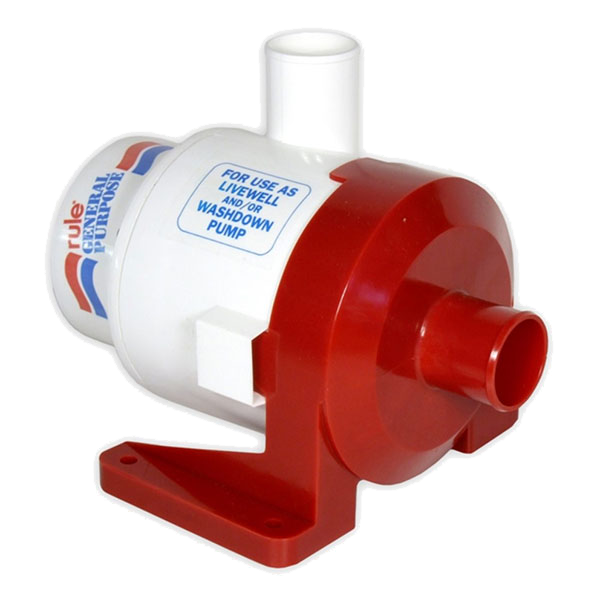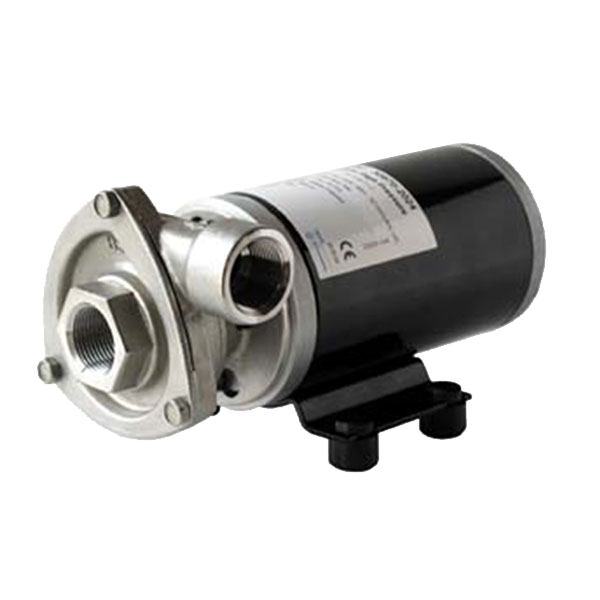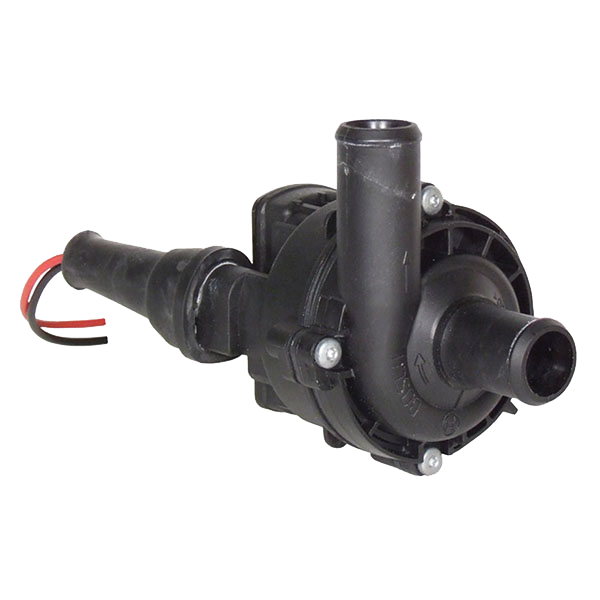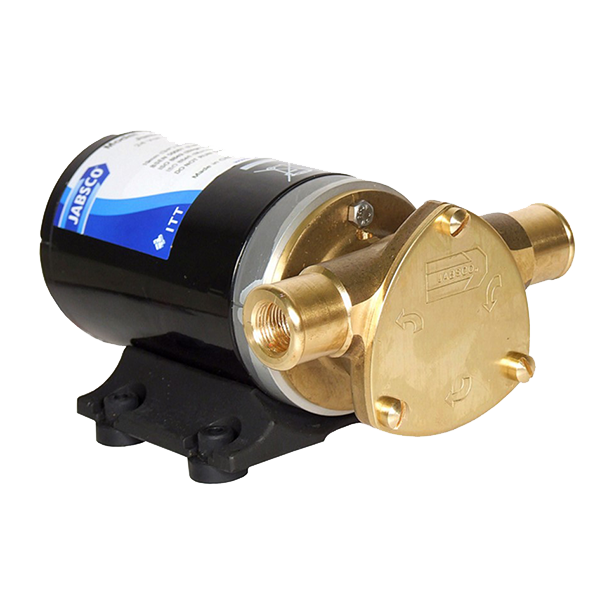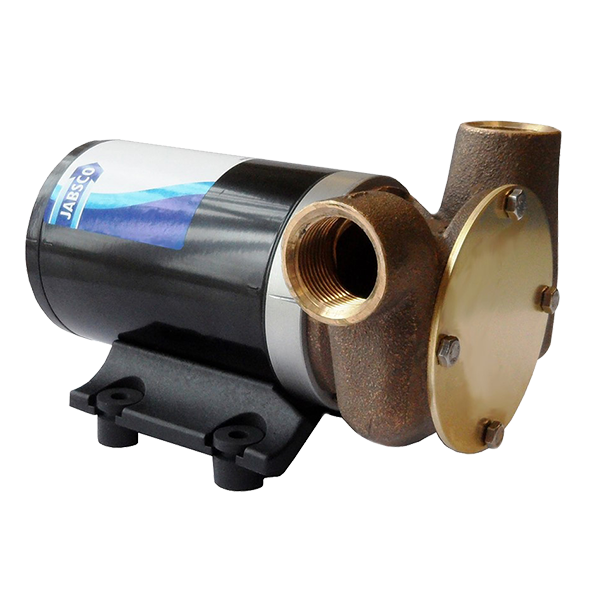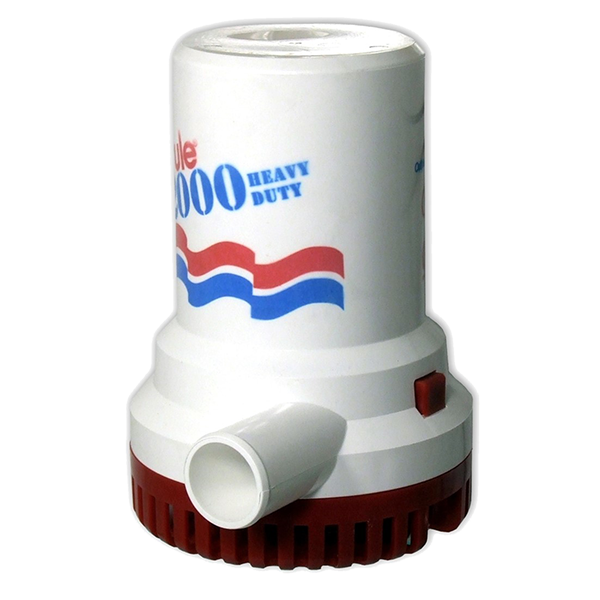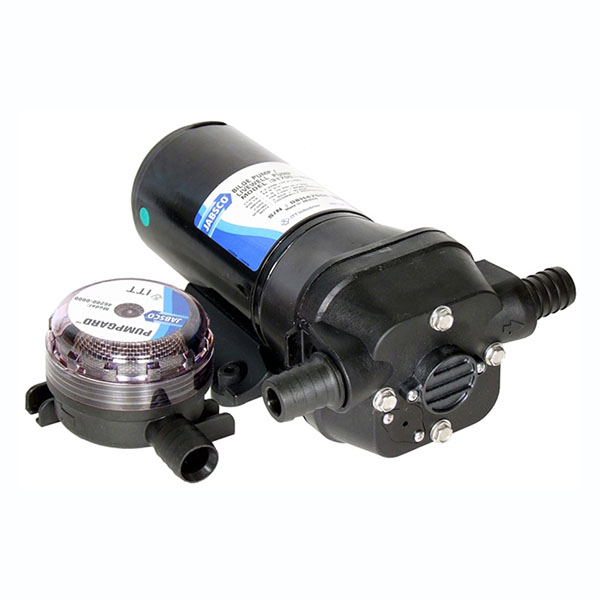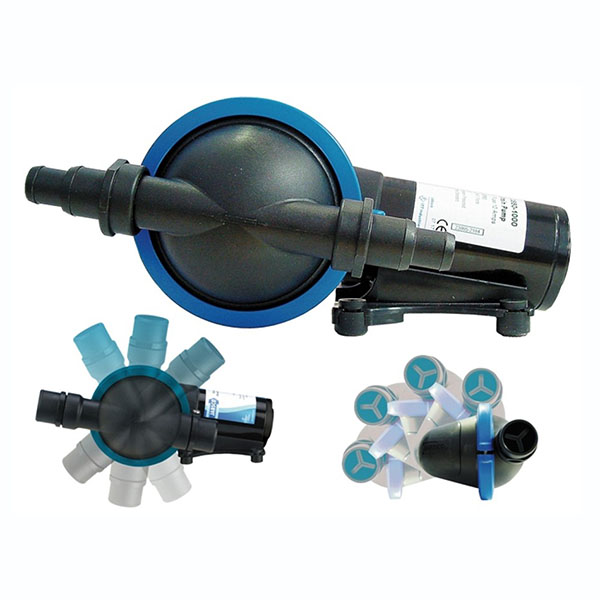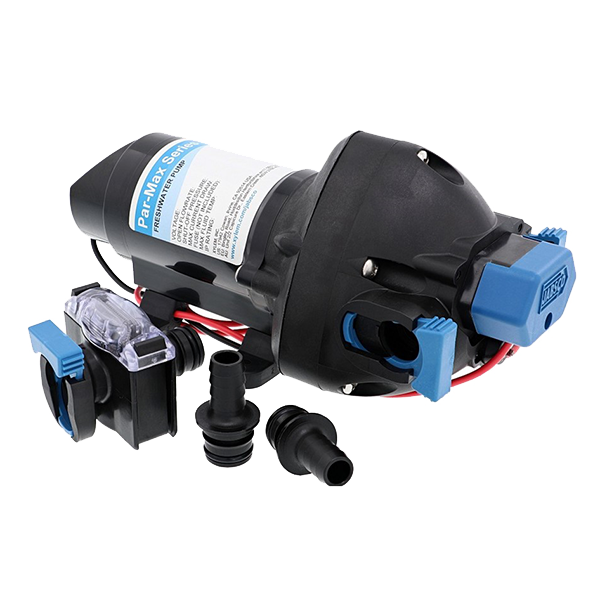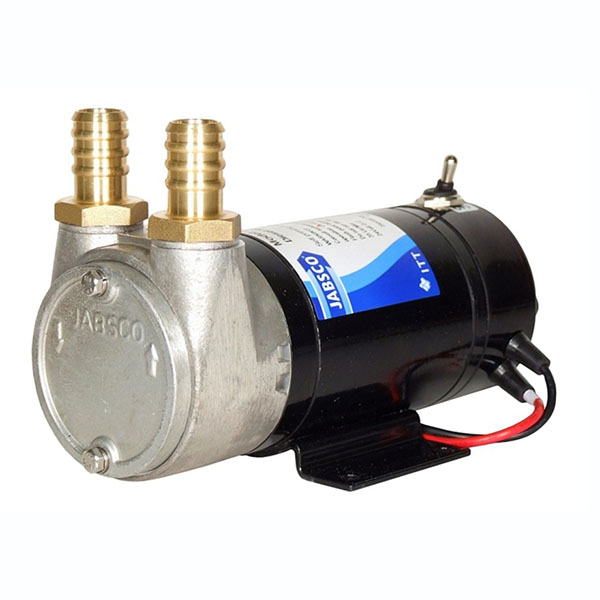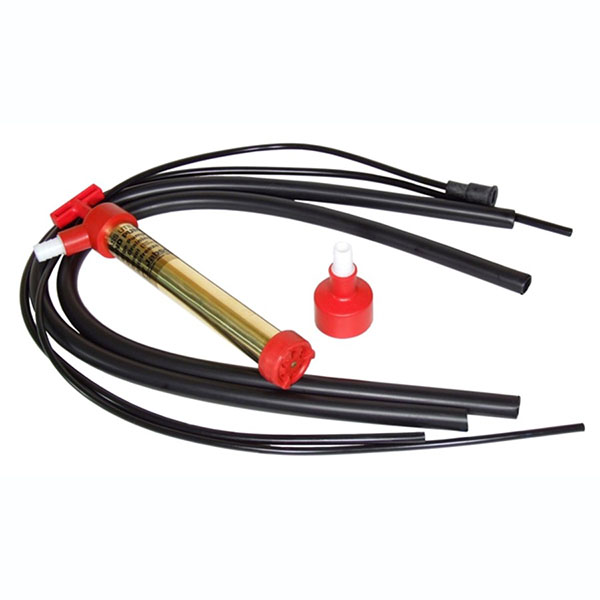
JABSCO Marine Pumps
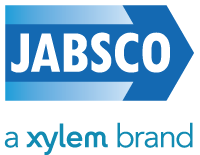
Toilet Waste Pumps
Why do I need a macerator pump?
Because a uniform slurry is more easily pumped than raw toilet waste. Whether discharge is overboard (at sea), or from a holding tank to a shore pump-out station, waste that has been macerated is pumped faster, with less risk of annoying and unpleasant blockages, and with less load on the pump.JABSCO macerator pumps have 38mm (1½") bore inlet ports for efficient handling of solids. The pump takes in raw waste, and grinds it to a consistency that can be safely discharged via 25mm (1") bore pipework.IMPORTANT NOTE:
- JABSCO macerator pumps are designed to handle normal toilet waste and easily-disintegrated toilet tissues. They will not handle high wet-strength tissues, sanitary towels, napkins, diapers, rags or hard objects.
- Pumping out the toilet waste holding tankNever the most welcome of tasks, emptying the toilet waste holding tank requires a robust reliable pump that will do the job with the minimum of fuss.If a shore pump-out station can do the job for you - no problem! But for the times when you need your own pump on board, choose a JABSCO electric or manually-operated pump designed for the purpose - simple, efficient and fully serviceable.
- No Jabsco pump should be used for petrol, solvents or any liquid with a flash point below 37°C
Circulation Pumps
Circulation pumps are designed to create a flow of liquid against low resistance. Because the liquid returns to its starting point, the net static head is zero, and the only resistance to flow is the friction offered by the pipe walls, bends, elbows and other fittings in the circuit. Use pipework with a bore at least as large as the nominal bore of the pump ports.
D.C. Flexible Impeller Pumps
For a really dry bilge JABSCO flexible impeller pumps self-prime rapidly from dry, can handle moderate amounts of suspended solid matter, and will maintain their flow rate against discharge heads of several metres. While they are not as quiet as submersibles, taking more current for less flow at low heads, they are robust, fully serviceable, and, unlike submersibles, able to pump the bilge dry almost to the last drop. Recent Jabsco impeller pump models have built-in dry running protection.
Even without built-in protection in the pump itself, extended protection against dry-running damage to the impeller can be secured by attention to the configuration of the discharge pipe from the pump. For technical assistance contact us with details of your proposed installation.
- No Jabsco pump should be used for petrol, solvents or any liquid with a flash point below 37°C
Submersible Pumps
With high flow rates and low battery drain, DC submersible pumps transfer water quietly and efficiently against low heads. Flow rate falls rapidly as the discharge head rises. Use the recommended hose size: undersized hose won't harm the pump but you will get significantly less flow. A good choice for light, intermittent duties handling cleanish bilge water. Large submersibles can shift water at an impressive rate without making a heavy demand on the battery.
- Not for continuous bilge pumping, for water with a lot of suspended solid matter, or for permanently submerged duties.
D.C. Diaphragm Pumps
Self-priming, dry running Multiple diaphragm PAR-MAX pumps from JABSCO are compact, quiet and durable. Self-priming is rapid, the bilge can be pumped virtually dry, and the pump is not harmed by dry running.
Discharge heads should not exceed 3-4 metres for any of these pumps. They are supplied with an inlet strainer to keep out solids big enough to interfere with the pump's valves.
- No Jabsco pump should be used for petrol, solvents or any liquid with a flash point below 37°C

